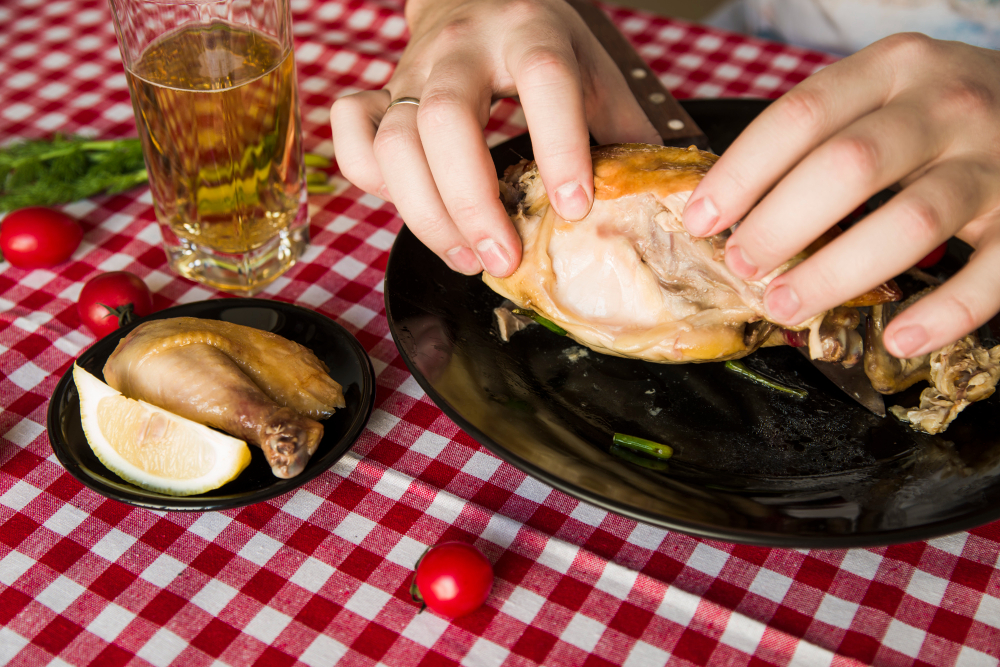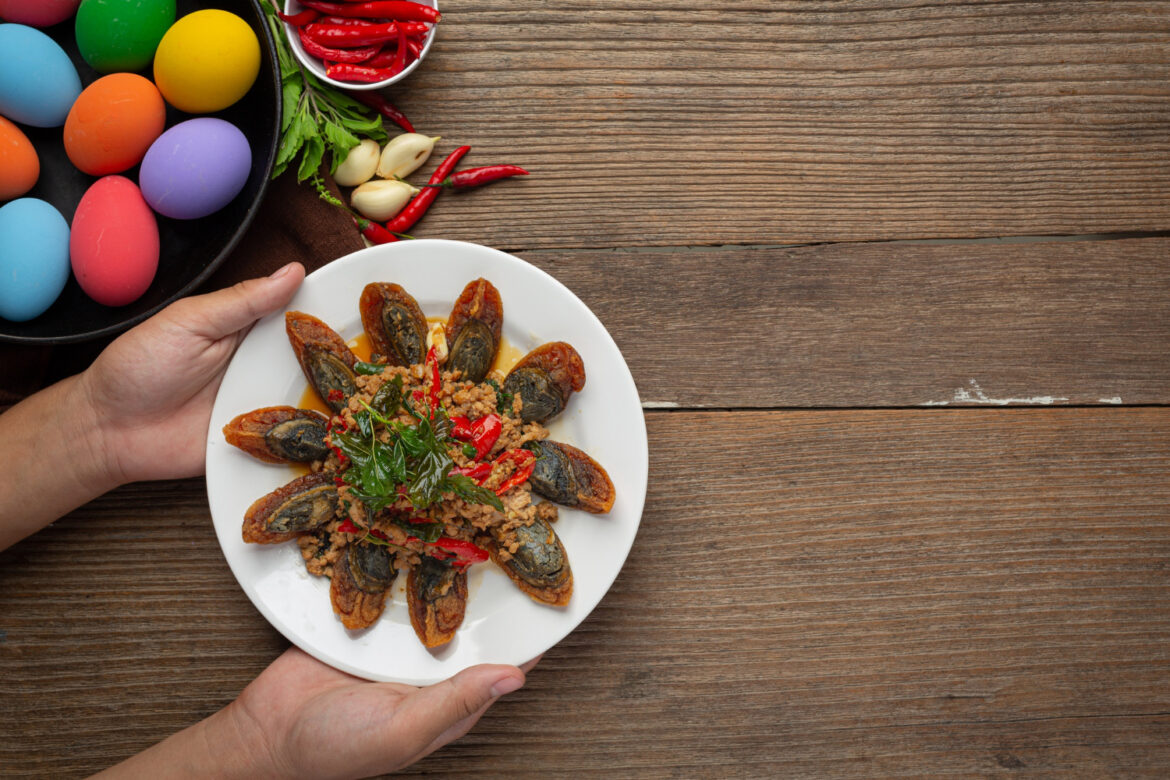Caring for hermit crabs starts with thoughtful feeding. A balanced hermit crab food plan does more than fill a dish—it supports strong shells, steady molts, bright activity, and long lives. This guide translates what we know about their natural scavenging habits into an easy routine you can keep. It focuses on variety, minerals, and clean preparation, and it avoids gimmicks. Whether you’re a new keeper or rebuilding your setup, you’ll find a practical framework and everyday choices that work.
Nutrition basics
Hermit crabs are opportunistic omnivores. In the wild they pick through shorelines for bits of plants, animals, algae, and calcium-rich fragments. That variety is the lesson. A strong diet blends protein, plant matter, and minerals. Protein fuels growth and repair. Plant foods provide fiber, vitamins, and antioxidants. Minerals—especially calcium and trace elements like iodine—support exoskeleton strength and healthy molts. When variety slips, problems follow: slow activity, poor molts, and shell issues. A simple, rotating mix keeps nutrition steady without being complicated.
The daily framework
A clear routine makes feeding effortless. Think in threes: one small bowl for protein, one for plant foods, and one for a dedicated mineral source left available at all times. Offer modest portions and rotate ingredients across the week. Use mostly whole foods with the occasional high-quality dried option for convenience. Replace uneaten fresh items daily to prevent mold. This three-bowl method mirrors a natural forage: multiple small choices instead of one blended pellet.
Safe proteins
Protein options should be plain and unseasoned. Animal choices can include small amounts of cooked shrimp, unsalted krill, white fish, or lightly scrambled egg. A few flakes of plain tuna packed in water can work in a pinch. Poultry like chicken is fine when boiled and cooled, offered sparingly. Plant proteins help too: unsalted pumpkin seeds, sunflower seeds, chopped walnuts, small bits of almond, and cooked lentils or quinoa. Rotate proteins and keep portions small to avoid excess. The goal is steady support, not heavy protein every day.
Essential plants
Plant foods carry fiber, vitamins, and phytochemicals crabs can benefit from. Leafy greens such as kale, dandelion greens, and spinach in tiny amounts provide minerals; rotate to avoid overdoing oxalates. Add grated carrot, thinly sliced zucchini, or steamed sweet potato for carotenoids and energy. Fruits like apple, banana, mango, or blueberry can be offered occasionally in bite-sized pieces. Whole grains such as cooked oats or brown rice bring gentle carbohydrates and some minerals. Sea vegetables—nori, kelp, and other dried seaweeds—are particularly valuable for iodine and trace elements; crumble a small amount and rotate during the week.
Mineral boosters
Minerals are the backbone of shell and exoskeleton health. Keep a steady supply of calcium available at all times. Good options include a piece of cuttlebone, crushed oyster shell, or lightly baked and finely ground eggshell. Many keepers provide a small dish of mixed mineral sources so crabs can self-select. Coral-safe sands and mineral blocks designed for invertebrates can complement, but avoid those with sweeteners or unnecessary dyes. A pinch of high-quality seaweed provides iodine, which supports molting processes. Think of minerals as the slow, quiet insurance in your hermit crab food plan.
Superfoods and treats
A few concentrated ingredients can round out the week. Bee pollen granules offer amino acids and micronutrients in tiny servings. Spirulina or chlorella powders provide plant-based protein and trace minerals; dust a pinch over plant foods once or twice a week. Rose hips or hibiscus petals (unsprayed) add vitamin C and enrichment. Treats like coconut flakes or pumpkin seeds are fine in small amounts. These are not daily staples, but thoughtful accents that add depth to the diet.
Foods to avoid
Avoid salt, seasonings, oils, and sugars added for human taste. Skip processed meats, flavored nuts, and anything with preservatives not intended for aquatic life. Onions, garlic, chocolate, and caffeinated items are not appropriate. Be careful with store-bought mixes that list artificial colors, sweeteners, or unclear “by-products.” Choose produce that’s washed thoroughly; peel or soak when pesticide exposure is a concern. If in doubt, leave it out and stick to known-safe whole foods.
Water and salt balance
Food only helps if hydration and salinity are correct. Provide two water sources at all times: dechlorinated fresh water and properly mixed marine-grade saltwater. Use a reputable marine mix designed for reef or marine aquariums to reach stable salinity. Shallow dishes with safe ramps prevent drowning and allow easy access. Crabs use both water types for drinking and regulating salts that affect molting and cellular function. Keep sponges optional and clean if used; stagnant, dirty sponges add risk without clear benefit.
Feeding routine
Hermit crabs are more active at night, so evening feeding aligns with their natural rhythm. Offer small portions in shallow dishes and remove soft leftovers daily to prevent mold. Rotate proteins, plants, and seaweeds through the week so no single item dominates. Place dishes where crabs can reach them without steep climbs and where sand won’t bury the food quickly. A regular cadence—small, varied, refreshed—beats infrequent large feeds.
Molting support
Before a molt, appetite can change. Some crabs eat more; others retreat and eat less. Support this phase by ensuring constant access to minerals and offering easy-to-digest protein like shrimp or egg in small portions. Once a crab burrows for molting, avoid disturbing the habitat. Do not dig or try to feed directly. After resurfacing, keep protein and calcium abundant for a couple of weeks to rebuild strength. Patience is part of nutrition: stress-free molts often reflect a steady mineral supply and a calm environment.
Habitat influences
Temperature and humidity shape appetite and digestion. Aim for a stable, warm, humid environment appropriate for your species to encourage consistent feeding. Provide deep, slightly moist substrate for burrowing and hidden mineral caches. Enrichment foods—like a piece of dried seaweed clipped to a safe holder—invite foraging behavior that mirrors wild habits. Good habitat makes a good hermit crab food routine even more effective.
Reading labels
When buying commercial options, read ingredient lists closely. Look for whole ingredients like shrimp, krill, seaweed, grains, and identifiable plant pieces. Avoid vague fillers, artificial dyes, and heavy preservatives. Fewer, clearer ingredients usually indicate a product closer to natural foods. Use pellets or dried mixes as a supplement, not the entire diet. Pair them with fresh items and mineral sources to keep the balance.
Sample menus
A rotating plan makes variety easy. One week might include shrimp with kale and oats; the next, egg with carrot and nori; later, krill with zucchini and brown rice. Keep portions small and repeat favorites while introducing one new item at a time. Seasonal choices keep things interesting: summer berries in tiny amounts, winter root vegetables lightly steamed. A “high-calcium week” after a molt can emphasize cuttlebone, eggshell powder, and seaweed dustings alongside normal meals.
Troubleshooting
If food goes untouched, reduce portion sizes and offer one familiar item paired with one new item. If hoarding becomes messy, offer smaller amounts more frequently. Mold signals too much moisture or too much food; scale back and improve airflow around dishes. Lethargy can reflect habitat issues as much as diet; check temperature, humidity, and water quality. Shell edges that look weak or flaky suggest a stronger mineral focus, especially steady calcium access with trace iodine.

Minimal kit
You don’t need much gear to do this well. A few shallow dishes, a cuttlebone or mineral cup, a small grinder for eggshells, airtight jars for dried foods, and a pair of feeding tongs keep prep quick. Freezer staples like plain shrimp and vegetables make weeknights simple. With a stable habitat and a small pantry, feeding becomes a two-minute routine that still covers every need.
Ethical and sustainable choices
Choose seafood from responsible sources when possible, and buy small amounts to reduce waste. Rinse produce well and favor unsprayed greens if you can. If you forage safe leaves or flowers, confirm species, avoid roadside areas, and dry them thoroughly before offering. Sustainability and safety go hand in hand: clean, simple inputs keep your crabs—and your conscience—steady.
Tracking progress
A tiny notebook or phone note helps more than you’d expect. Log what you offered, what was eaten, and any behavior changes. Over time you’ll see patterns: preferred proteins, best plant matches, and days when appetite peaks. Signs you’re on track include bright activity at night, smooth shell condition, and predictable molts without prolonged stress. If something seems off, your notes point to gentle adjustments rather than guesswork.
Bringing it together
A reliable hermit crab food routine blends variety with simplicity. Offer a protein, a plant, and a mineral every day in small, clean portions. Rotate seaweeds and superfoods lightly through the week. Keep fresh and saltwater available, watch habitat conditions, and let molts proceed without interruption. This calm, steady approach gives your crabs what they would seek in the wild: options, minerals, and time. The result is visible in how they move, eat, and grow.
FAQs
How often should I feed hermit crabs?
Offer fresh food daily in small portions and refresh mineral sources continuously. Evening feeds match their natural activity.
What is the best calcium source?
Cuttlebone and finely ground eggshell are dependable. Keep them available at all times and let crabs self-select.
Can I use only commercial pellets?
Use pellets as a supplement, not the base. Combine them with fresh proteins, vegetables, seaweed, and minerals for balance.
Which fruits and vegetables are safest?
Start with kale, carrot, zucchini, apple, banana, and small amounts of berry or mango. Rotate and keep portions small to prevent waste.
Do they need saltwater and freshwater both?
Yes. Provide dechlorinated freshwater and properly mixed marine-grade saltwater at all times to support hydration and molting.
References
General husbandry knowledge about omnivorous scavenging diets in terrestrial hermit crabs, emphasis on mineral access (calcium and iodine), the importance of dual water sources (dechlorinated freshwater and marine saltwater), and routine habitat parameters comes from established practices among experienced keepers, aquarium and invertebrate care guidelines, marine salt mix standards, and nutrition principles applied to crustaceans and terrestrial hermit crab care in captive environments.
